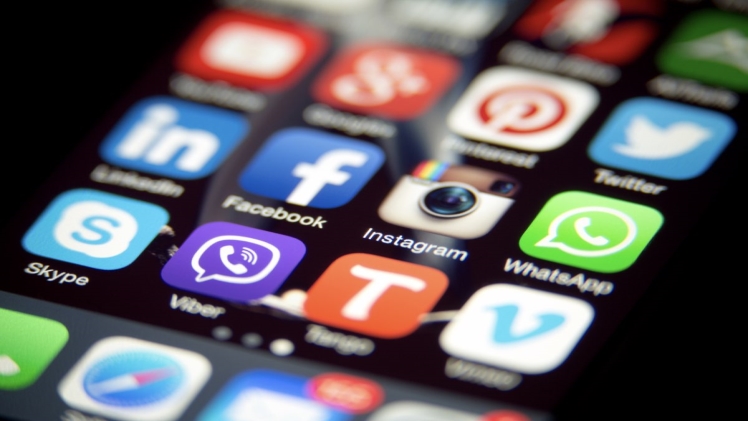The development of technology has significantly impacted the way we communicate with each other, from the days of telegrams and handwritten letters to modern-day social media platforms. In this article, we will explore the impact of technology on communication, from its earliest origins to the present day kpop pantip.
Early Communication Technologies
The earliest forms of communication technology were simple and limited, including smoke signals, drums, and carrier pigeons. These technologies allowed people to communicate over long distances, but they were slow and often unreliable. With the development of writing systems, people could communicate more complex ideas and record information for future generations monadesa.
Telecommunications
The invention of the telegraph in the 19th century revolutionized long-distance communication, allowing people to send messages quickly and reliably over long distances. This was followed by the telephone, which allowed people to communicate in real-time, regardless of distance. The development of radio and television further expanded the reach of communication, allowing people to share news, entertainment, and information on a global scale nobedly.
Digital Communication
The rise of digital technology in the late 20th century transformed the way we communicate. The invention of email, instant messaging, and text messaging allowed people to communicate quickly and efficiently, regardless of location. Social media platforms, such as Facebook, Twitter, and Instagram, have further transformed the way we communicate, allowing us to connect with people around the world and share information, photos, and videos respill.
Mobile Technology
The widespread adoption of mobile devices, such as smartphones and tablets, has further transformed the way we communicate. These devices allow us to communicate on the go, with instant access to email, social media, and messaging apps. They have also enabled new forms of communication, such as video calls and live streaming, which allow people to connect face-to-face, regardless of location blazeview.
The Future of Communication
As technology continues to evolve, we can expect further innovations in communication technology. Virtual and augmented reality technologies have the potential to transform the way we communicate, allowing us to interact in immersive and engaging ways. Artificial intelligence and natural language processing technologies may also transform the way we communicate, allowing us to interact with machines in more natural and intuitive ways.
However, these new technologies also present new challenges and risks. The rise of social media has been accompanied by concerns about online harassment, cyberbullying, and the spread of misinformation. The widespread adoption of mobile devices has led to concerns about digital addiction and the impact of screen time on mental health.
Conclusion
The impact of technology on communication has been profound, transforming the way we connect with each other and access information. From telegrams to social media, technology has allowed us to communicate faster, more efficiently, and over greater distances than ever before. As we look to the future, it is clear that technology will continue to play a significant role in communication, enabling new forms of interaction and connection. However, we must also be aware of the risks and challenges posed by new technologies and work to mitigate them to ensure that technology remains a positive force for communication and connection.

